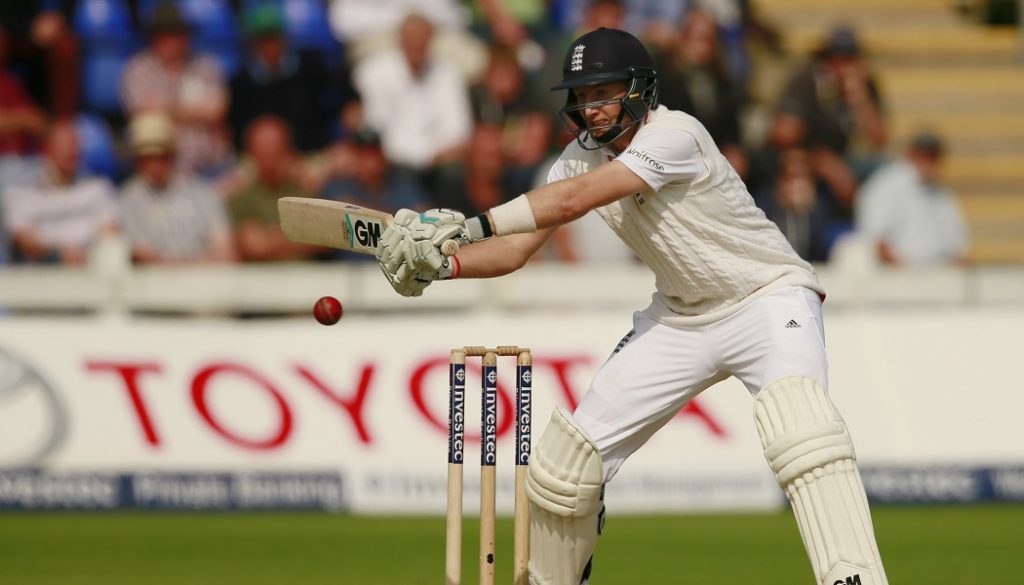The House View: Why cricket needs free-to-air TV to make the most of the Ashes
August 3, 2023
Cricket has become an elitist game and can no longer claim to be the nation’s summer sport, as it did for most of the 20th century.
As a cricket fan and low-standard club player, I love it when cricket generates enough cut-through with the wider public that my friends become interested in it. This has happened a lot over the past six weeks thanks to a blockbuster of an Ashes series which seized the attention of a few people before the Premier League returns. It has also been helped by the lack of a major men’s football tournament and the women’s World Cup only getting underway on July 20.
Similar cut-through was achieved in 2019, when a World Cup and Ashes double-header of a summer brought cricket briefly back into the wider public domain. Thanks to Sky Sports sharing their broadcast with Channel 4, England’s World Cup Final win was watched by a peak audience of 8.3 million.
But that summer was never properly capitalised upon and many new fans fell away.
The last time the England team consistently played on free-to-air TV was the 2005 Ashes, another epic series that saw England emerge victorious for the first time in 18 years. The viewing figures for that series make impressive reading. The numbers peaked on the final day of the Fourth Test at 8.4 million. The final day at the Brit Oval attracted a peak of 7.4 million viewers despite being on a Monday.
We do not have peak viewership figures yet, but the total viewership across both the Men’s and Women’s Ashes series for both Sky’s live coverage and the BBC highlights was only 17.6 million. This isn’t massive, but it is still a 14% increase from the 2019 series.
Cricket went behind a paywall in 2006 after Sky Sports won exclusive rights to live coverage of home Tests and other international matches. This followed five years of innovative coverage on free-to-air Channel 4 after decades on the BBC. Andy Duncan, CEO of Channel 4 at the time, said: “[The loss of] cricket was not that damaging for us. It is hugely damaging for cricket.”
Like Mystic Meg, he really was right.
In 2009, Sky’s broadcast of the final day of the deciding Ashes Test only pulled in 467,000 and Ben Stokes’ heroics at Headingley in the 2019 series could only muster 2.7 million.
Cricket has suffered the consequences of not being on free-to-air TV. This is not to do a disservice to Sky, their coverage is truly exceptional and the money they have ploughed into the game has gone to many worthwhile causes.
But cricket has been behind a paywall for too long. It has become an elitist game: of the England team which took the field for the final Ashes Test last week, six of the 11 attended private school. And most startlingly we are nearly ten years from a Black player who was born in the UK playing Test cricket for England.
An Independent Commission for Equity in Cricket report was published in June. The report found that structural and institutional racism, sexism and class-based discrimination continue to exist across the game.
While cricket needs the money from Sky, it also needs to be watched by the masses to regain its place as the nation’s summer sport. We need to see at least one Test a summer on free-to-air TV and preferably some international one-day cricket as well.
In the long run getting more people interested in cricket will be a lot more beneficial than a bigger TV rights fee.
By Alex Brinton, Content Manager iSportConnect


